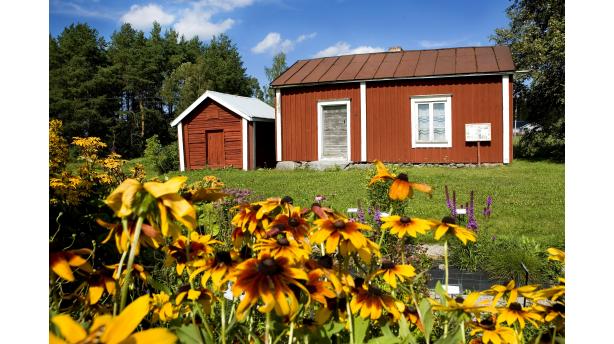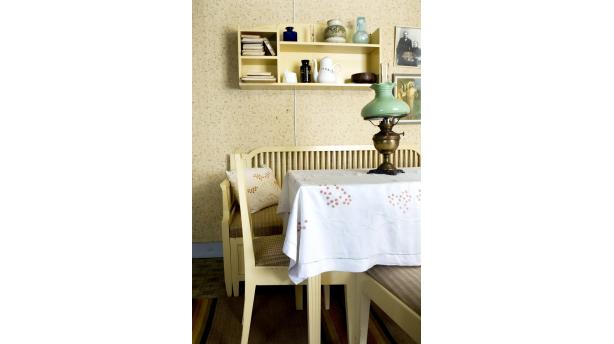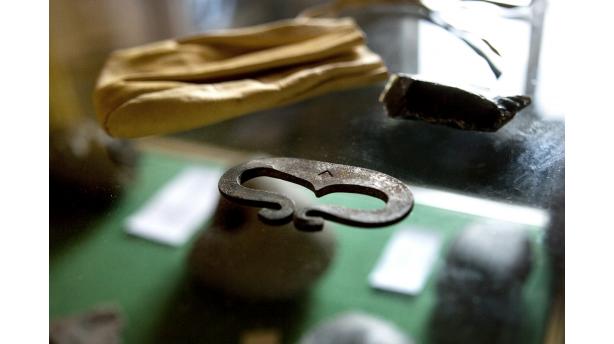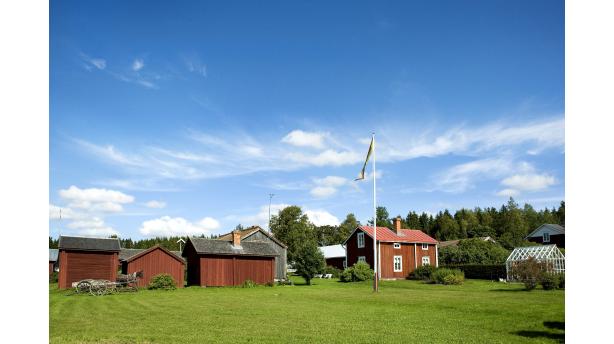Museum A-Ö » Prehistory » Brinken Museum
Brinken Museum




Did you know...
The name “Bäsch boldro” of the large hand rotated mill from the year 1777 stems from the terrible racket made by the mill.
Among the red ochre paint houses of the Brinken open-air museum is a Malax home where the original interior has been preserved. Come and enjoy the floral luster in the garden or explore the antiquities of the region, among others the beautiful Malax buckle. The atmosphere and the milieu of the museum are unique.
There are twenty different buildings in the Brinken open-air museum, most of which originate from the 19th century. The most notable of the buildings is the Orregården House from the year 1879, which with its outbuildings is situated on its original site. The Orregården House is notable, because its interior is nearly unaltered. The name of the house can be traced back to the Orren siblings, who donated the land and the buildings to the museum. In the house can be found textiles, tableware, furniture, photographs, school reports and everything else, that has been preserved by two generations.The museum garden is a hundred years old and one of the pearls of the museum. In the stately garden restored to the 1930s style can even be found a butterfly garden and a spice garden. The garden was in its time quite exceptional due to its large size and because the sisters cultured great amounts of diverse flowers, vegetables and apples for sale. Hilda Orre used to stand three days a week during the summer and autumn on the Vaasa market square selling flowers, fruit, root vegetables and potatoes.
Another one of the museum’s pearls is the archaeology exhibition and the Iron Age path, where one can see on the two-kilometre walk approximately forty grave heaps and visit the info cottage. On display in the archaeology exhibition is a genuine Malax buckle, one of a kind in Finland. The buckle dates back to the Migration Period in 450-500 BC, and probably originates from Germany.
On the museum area can be found for instance the approximately 200 years old Tuuvasgården, a mangle shed, a barn, a soldier’s cottage, cattle sheds and a latrine. There is a Talonpojan vuosi (A Peasant’s Year) exhibition in the 18th century barn, which illustrates the everyday drudge of the peasants through various tools and equipment. The museum collection is quite impressive: around 17 000 different kinds of artefacts and about 5 000 textiles. Photographs and other fragile archive material are stored in the new archive building equipped with a research room. The museum society also looks after the mill and crown magazine dating back to 1754 in Malax.
Homestead festivities are arranged annually on the second Sunday of July. The Flower Day, diverse lectures and flea markets are among the popular events during the summertime. Schoolchildren enjoy the time travels arranged by the Brinken Museum, where they can practice old time chores.



